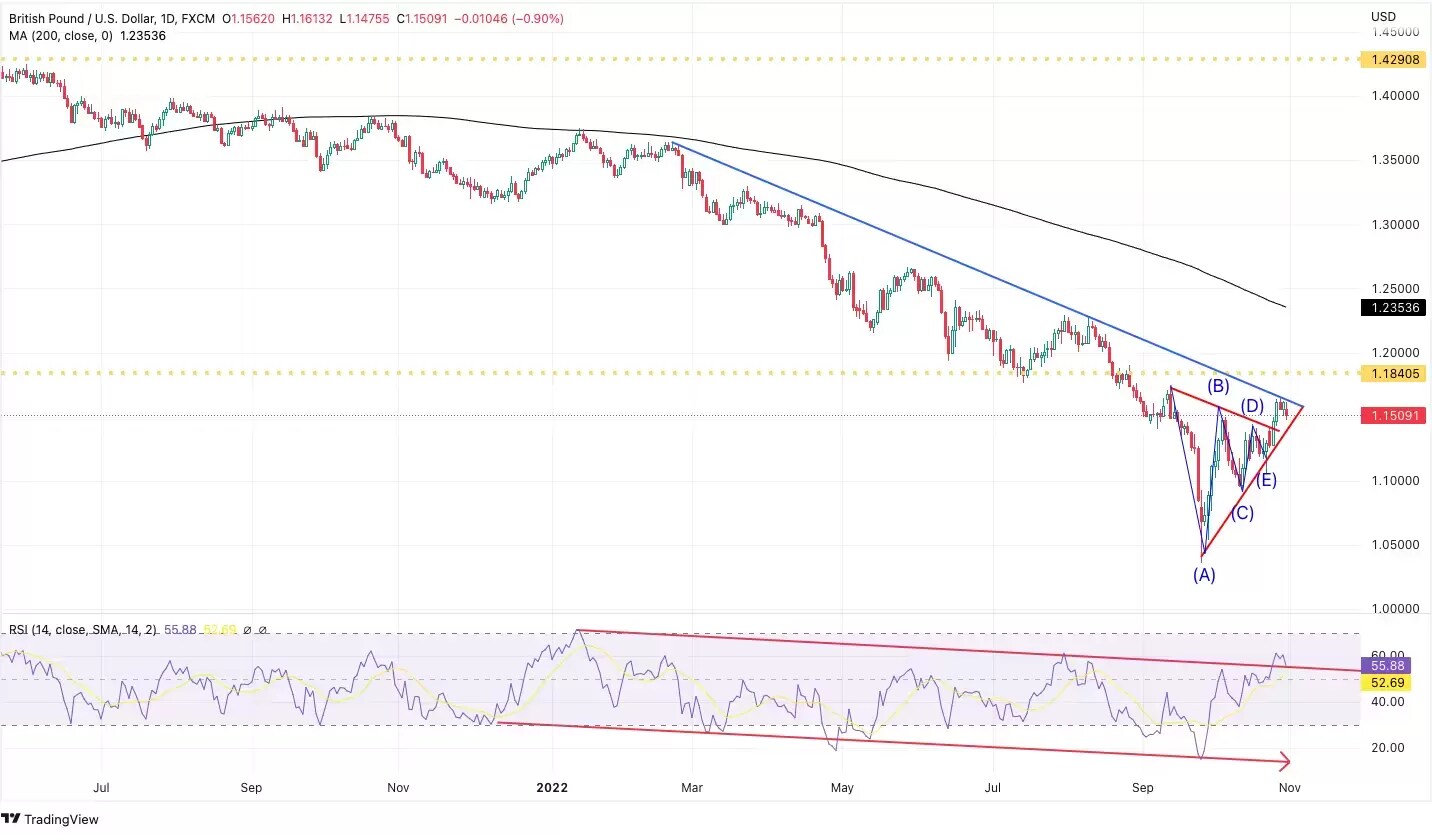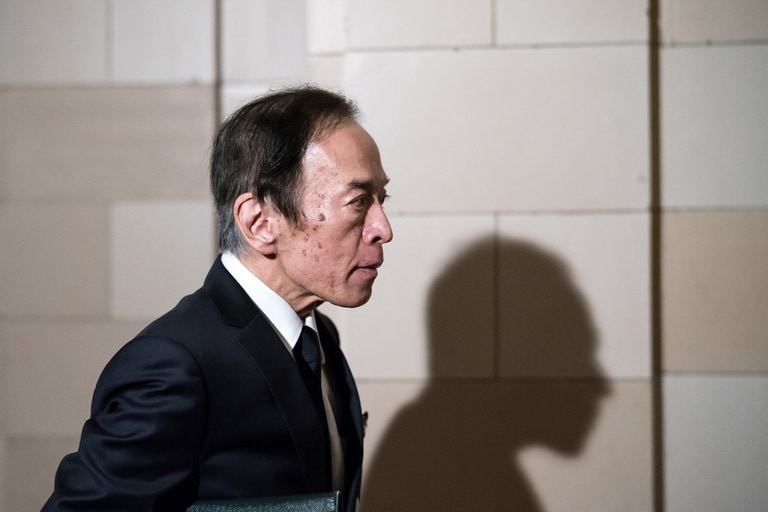The Bank of England is set to hold a crucial policy meeting on Thursday 3 November. Markets expect the Bank to raise interest rates by 75 basis points to 3%, but seem uncertain about the path forward beyond this week’s meeting.
Investors will therefore be paying close attention to comments on the Bank’s quantitative tightening policy. The Bank’s plans were complicated in October when fiscal policy clashed with monetary policy. The UK’s central bank had to step in to the gilt market to stabilize it – a subject on which the Bank will need to deliver an unequivocal message to markets. Put another way, Governor Andrew Bailey must reiterate that the actions he oversaw in October were not a pivot but a response to a disorderly government bond market. Ultimately, Bailey and his colleagues need to underline their commitment to raising rates and shrinking the balance sheet.
It’s all about the message
If the Bank of England can deliver its message correctly, then rates on UK government bonds – known as gilts – should climb. The market now sees the Bank raising its official overnight interest rate to 4.75% or 5% next year. That suggests the current two-year gilt rate is probably too low at 3.25% and could rise further.
Sterling overnight index average (SONIA) forward curve

The September 2023 overnight swap is currently pricing an overnight rate of 4.88%, versus the British two-year gilt which trades at 3.23% – a spread of 1.65%. That spread is at the very upper end of the range. If the Bank of England delivers a more hawkish message, that spread should narrow and fall, suggesting that the two-year yield may rise.
Overnight rate (white) versus two-year UK government bond yield (blue), and the spread between them (green), 2022

The two-year gilt rate could rise
From a technical standpoint, the two-year gilt appears ready to surge higher. It has fallen from its peak, despite the hotter-than-expected consumer price index reading of 10.1% two weeks ago. However, it remains entrenched in a technical continuation pattern called a bull flag. The data suggest that the two-year yield could rise back to the upper trend line between 3.75 and 4%. If the yield rises above that region, a return to the highs of approximately 4.75% could be possible.
UK two-year government bond yield, 2022

The pound can strengthen against the dollar
A hawkish stance from the Bank of England, coupled with rising rates, could strengthen the pound against the dollar. The pound has been in a massive downtrend versus the dollar, but the pound is getting very close to breaking out of that downtrend. If the pound rises out of the downtrend to around £1.16 to the dollar, the pound could then climb to around £1.18 and potentially back to its 200-day moving average at £ 1.235.
Furthermore, the relative strength index (RSI) has been trending lower through 2022, confirming the bearish momentum. However, that has shifted recently. The RSI rose above its downtrend in October, potentially signalling that the pound may be due to strengthen further against the dollar.
GBP/USD, July 2021 – present

Source: TradingView, Michael Kramer
Fate of equities undecided
Given rising rates and tighter financial conditions, one would expect the equity market to drop. However, the technical setup isn't overly bearish for the FTSE 100. The UK’s index of leading shares has traded sideways since March 2021, failing to surpass its pre-pandemic highs. Currently, momentum is bullish based on a rising RSI over the short term. However, the RSI over the longer term points lower, suggesting that the recent stagnation may not change. The FTSE 100 may have room to rise to around 7,220 over the short term and could find strong support if it slips to about 6,825.
FTSE 100 Index, 2019 – present

Of course, if the Bank of England’s outlook is not hawkish, then we could see the reverse scenario. The two-year gilt yield could fall, the pound might weaken against the dollar, and the FTSE 100 may break above resistance levels at 7,220.
The Bank will need to be careful in delivering its message to the market. Above all, the Bank has to reassert its previously stated intention to continue with rate hikes and quantitative tightening. That means policymakers should push back hard against investors looking for a pivot, making it clear that they have no intention of changing course. If the Bank can do that, it should result in rates rising and the pound strengthening while equities continue to flounder.
Pricing is indicative. Past performance is not a reliable indicator of future results. The author's views and findings are his own and should not be relied upon as the basis of a trading or investment decision.
Disclaimer: CMC Markets Singapore may provide or make available research analysis or reports prepared or issued by entities within the CMC Markets group of companies, located and regulated under the laws in a foreign jurisdictions, in accordance with regulation 32C of the Financial Advisers Regulations. Where such information is issued or promulgated to a person who is not an accredited investor, expert investor or institutional investor, CMC Markets Singapore accepts legal responsibility for the contents of the analysis or report, to the extent required by law. Recipients of such information who are resident in Singapore may contact CMC Markets Singapore on 1800 559 6000 for any matters arising from or in connection with the information.








